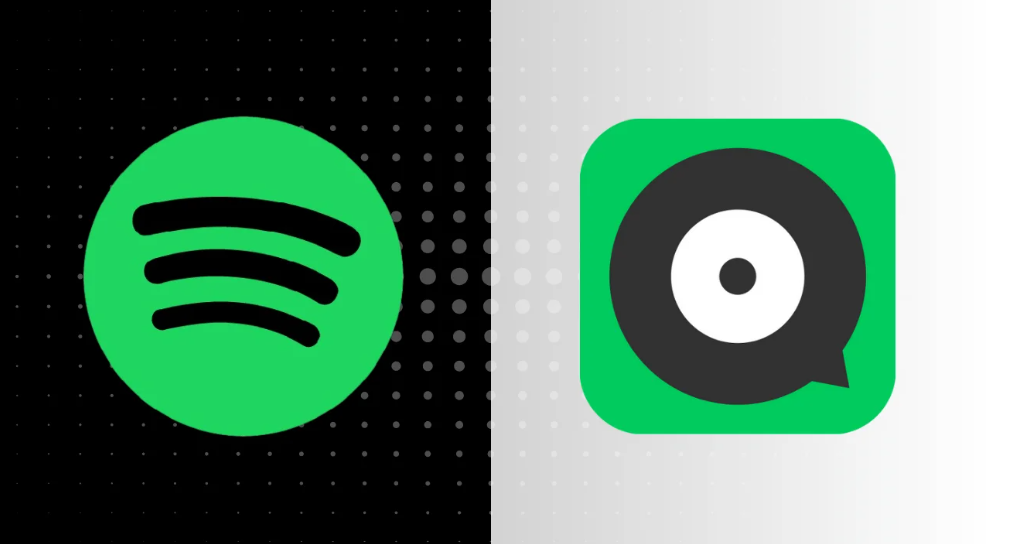Two popular platforms, Spotify Vs. Joox, have carved their niches in the market, offering millions of songs to users worldwide. While both platforms share the goal of delivering seamless music experiences, they differ in several key aspects, such as geographical reach, features, and pricing. This article will dive into a detailed comparison between Spotify and Joox, examining various factors that set them apart.
1. Availability and Regional Presence
One of the major differences between Spotify and Joox lies in their geographical availability. Spotify, which was launched in 2008 in Sweden, is a globally recognized streaming platform available in over 180 countries. It caters to a broad international audience, offering localized content for specific regions.
On the other hand, Joox (launched in 2015 by Tencent), while offering a significant catalog, is more regionally focused. Joox is particularly popular in Southeast Asia, including countries like Thailand, Indonesia, Malaysia, and Myanmar. While Joox does offer global music hits, its content tends to lean more towards Asian markets, making it more appealing to audiences in those regions.
2. Music Library
Both platforms offer an extensive library of songs, but Spotify has a slight edge due to its long-standing presence in the market. Spotify boasts over 70 million songs, offering everything from popular hits to indie tracks and podcasts. Its music library spans across genres, catering to various tastes, and it consistently updates its catalog with new releases.
Joox, though having a slightly smaller library, still offers over 40 million songs and excels in curating regional content. It offers a great selection of Asian music, especially Mandarin, Thai, and K-pop, making it an excellent choice for fans of Asian pop culture. Additionally, Joox has unique features like Karaoke and Chinese music content, which are tailored to its key markets.
3. User Interface and Experience
Both services are designed with user experience in mind, but they offer different approaches.
Spotify has a clean, user-friendly interface with a focus on ease of navigation. It provides personalized playlists like Discover Weekly and Release Radar, which use algorithms to recommend music based on your listening habits. Its integration with other platforms, such as Google Home, Amazon Alexa, and Apple devices, enhances its usability.
Joox, while also offering a clean interface, incorporates some unique features like Live Streaming and Karaoke that appeal to its regional audience. The platform emphasizes community engagement, allowing users to interact with artists and watch live performances. However, its interface is somewhat less polished compared to Spotify, and it tends to focus more on social elements and interactive experiences.
4. Pricing and Subscription Plans
Both platforms offer free and premium versions, but their pricing strategies are quite different.
Spotify offers a free tier with ads and limitations on skipping songs, as well as several premium options. The premium plan, priced around $9.99 per month, includes features like ad-free listening, offline downloads, and higher audio quality. Additionally, Spotify offers family and student plans at discounted rates.
Joox, similarly, has a free version with ads, but its premium plans are often more affordable. Joox’s VIP plan, priced around $2.99–$4.99 per month in various regions, provides ad-free listening, offline music, and access to exclusive content. Joox also provides a family plan for a group subscription at a discounted price.
5. Music Quality and Audio Features
In terms of audio quality, Spotify offers different streaming qualities, with the highest at 320 kbps for premium users, which is generally considered superior for audiophiles.
Joox provides similar streaming quality, with its highest tier offering up to 320 kbps as well. However, Spotify’s overall sound quality and range of features (such as higher-end support for sound systems and Bluetooth devices) are often preferred by serious music listeners.
6. Additional Features
Spotify stands out with its robust podcast library, making it a one-stop shop for both music and spoken content. It also offers social features, such as collaborative playlists and friend activity, allowing users to discover music based on their social circles.
Joox, however, includes additional entertainment features, such as live streaming of concerts, karaoke mode, and the option to watch exclusive music videos and performances. These features make it an appealing option for users in Asia who are looking for more than just music.
Conclusion
In the battle between Spotify and Joox, both platforms offer compelling reasons to subscribe. Spotify is a global leader in music streaming, offering an expansive library, high-quality audio, and a wealth of features like podcasts. It is an excellent choice for users who value a comprehensive, international music experience.
Joox, on the other hand, is ideal for users in Southeast Asia who enjoy a mix of regional and international content, along with interactive features like karaoke and live streaming. While it may not offer the same breadth of global content as Spotify, Joox’s focus on the Asian market and affordable pricing make it a strong contender in its region.
Ultimately, the choice between Spotify and Joox boils down to location, preferred content, and specific features. Both services are solid choices, depending on your music tastes and how you like to interact with the platform.
